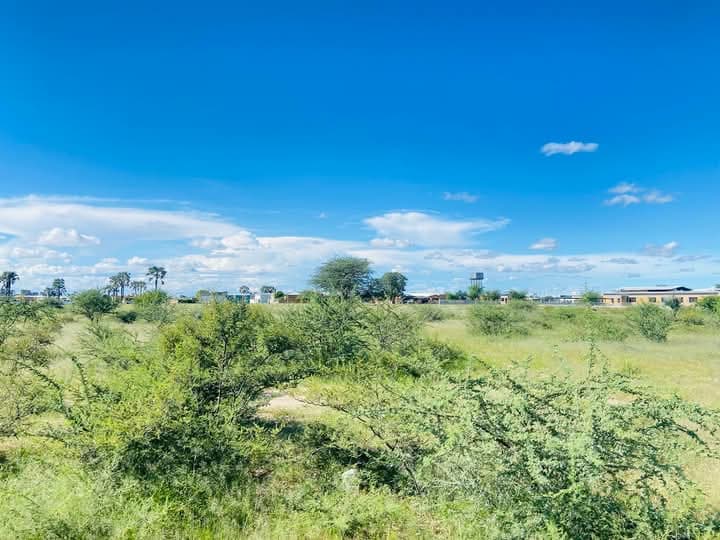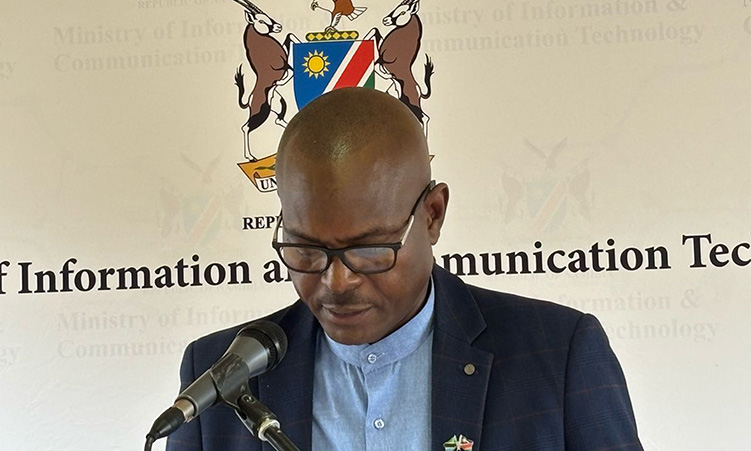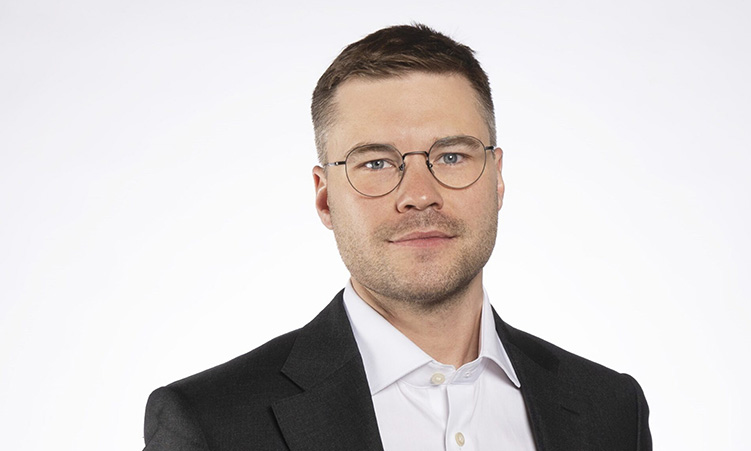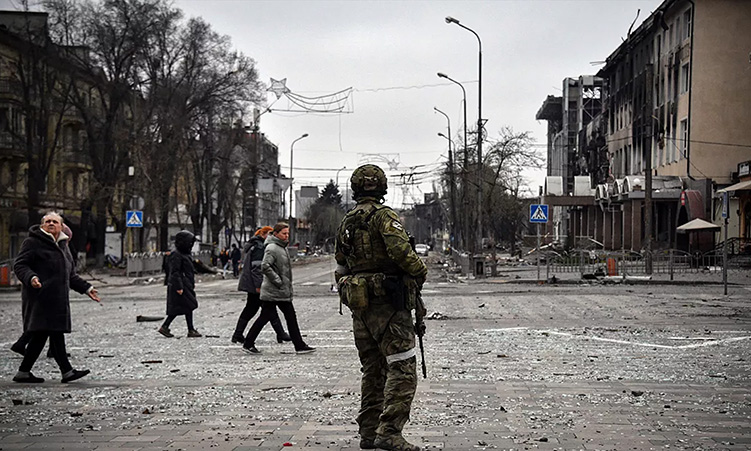ONGOPOLO Mining and Processing (OMP) could lay off more than 200 of its workers if the company has its way in negotiations with the Mineworkers’ Union of Namibia (MUN).
Company spokesperson Paul Sharples announced this week that they would offer early retirement packages to employees as a way to cut costs. Sharples said almost 250 of Ongopolo’s 1 000 workers were older than 55, an unusual situation for an underground mine.”The decision has been precipitated by events at the flooded Kombat mine and the desire to rejuvenate an aged workforce,” he said.He said the flooding of the main working levels of the Kombat mine has made it extremely difficult to simultaneously drain, explore, develop and mine effectively.”The main problem dates back to 2005, one year prior to Weatherly’s take-over of Ongopolo, when the lower levels of the mine were flooded.The previous management decided to mine the upper unflooded levels to the point of ore reserve depletion,” he said.The company has approached the Mineworkers’ Union of Namibia (MUN) to negotiate the early retirement packages but the talks have yet to get off the ground.Sharples said Kombat management was confident that at the end of the six months’ exploration period, the mine would be in a position to restart and not only become a major producer but also an efficient operation within the Ongopolo group.”The optimism of the management is based on the fact that a number of highly prospective areas have been identified from earlier surface and underground drilling and, accordingly, only need a minimal amount of drilling and development before they can be added to the mine’s ore reserve inventory,” he said.Ongopolo was on the verge of bankruptcy when Weatherly rescued the company through a N$120 million deal.Ongopolo has already started to develop a new underground mine, Asis Far West, to replace the declining Kombat mine.An 800-metre shaft has been sunk at Asis Far West and lateral development to the main ore body is underway.Other development projects include the Tsumeb West and Tschudi mines.Weatherly also has a number of promising exploration projects, including copper deposits at Gross Otavi Central and below the Farm Berg Aukas lead/zinc mine; Harasib, where three zones of lead and zinc mineralisation have been delineated; and an interest in the Valencia uranium deposit in western Namibia.The Tsumeb copper smelter, comprising three furnaces, is a key asset for Weatherly.The current operating capacity of the first smelter is 24 000 to 32 000 tonnes a year, while the second, larger copper furnace and the zinc furnace require refurbishment.Weatherly intends to examine the feasibility of expanding Ongopolo’s smelting capacity significantly in the future, which could eventually enable it to process much larger volumes of ore from other mining companies in the region, and potentially from its own extensive Luanshya deposit in Zambia.Sharples said almost 250 of Ongopolo’s 1 000 workers were older than 55, an unusual situation for an underground mine.”The decision has been precipitated by events at the flooded Kombat mine and the desire to rejuvenate an aged workforce,” he said.He said the flooding of the main working levels of the Kombat mine has made it extremely difficult to simultaneously drain, explore, develop and mine effectively.”The main problem dates back to 2005, one year prior to Weatherly’s take-over of Ongopolo, when the lower levels of the mine were flooded.The previous management decided to mine the upper unflooded levels to the point of ore reserve depletion,” he said.The company has approached the Mineworkers’ Union of Namibia (MUN) to negotiate the early retirement packages but the talks have yet to get off the ground.Sharples said Kombat management was confident that at the end of the six months’ exploration period, the mine would be in a position to restart and not only become a major producer but also an efficient operation within the Ongopolo group.”The optimism of the management is based on the fact that a number of highly prospective areas have been identified from earlier surface and underground drilling and, accordingly, only need a minimal amount of drilling and development before they can be added to the mine’s ore reserve inventory,” he said.Ongopolo was on the verge of bankruptcy when Weatherly rescued the company through a N$120 million deal.Ongopolo has already started to develop a new underground mine, Asis Far West, to replace the declining Kombat mine.An 800-metre shaft has been sunk at Asis Far West and lateral development to the main ore body is underway.Other development projects include the Tsumeb West and Tschudi mines.Weatherly also has a number of promising exploration projects, including copper deposits at Gross Otavi Central and below the Farm Berg Aukas lead/zinc mine; Harasib, where three zones of lead and zinc mineralisation have been delineated; and an interest in the Valencia uranium deposit in western Namibia.The Tsumeb copper smelter, comprising three furnaces, is a key asset for Weatherly.The current operating capacity of the first smelter is 24 000 to 32 000 tonnes a year, while the second, larger copper furnace and the zinc furnace require refurbishment.Weatherly intends to examine the feasibility of expanding Ongopolo’s smelting capacity significantly in the future, which could eventually enable it to process much larger volumes of ore from other mining companies in the region, and potentially from its own extensive Luanshya deposit in Zambia.
Stay informed with The Namibian – your source for credible journalism. Get in-depth reporting and opinions for
only N$85 a month. Invest in journalism, invest in democracy –
Subscribe Now!










